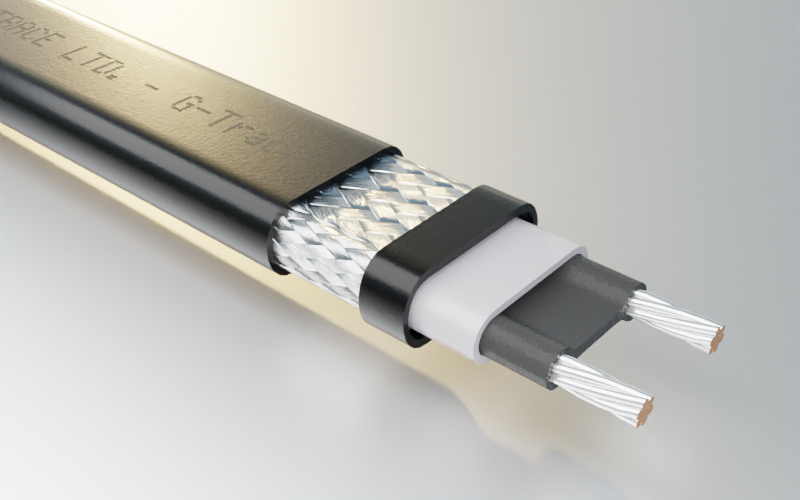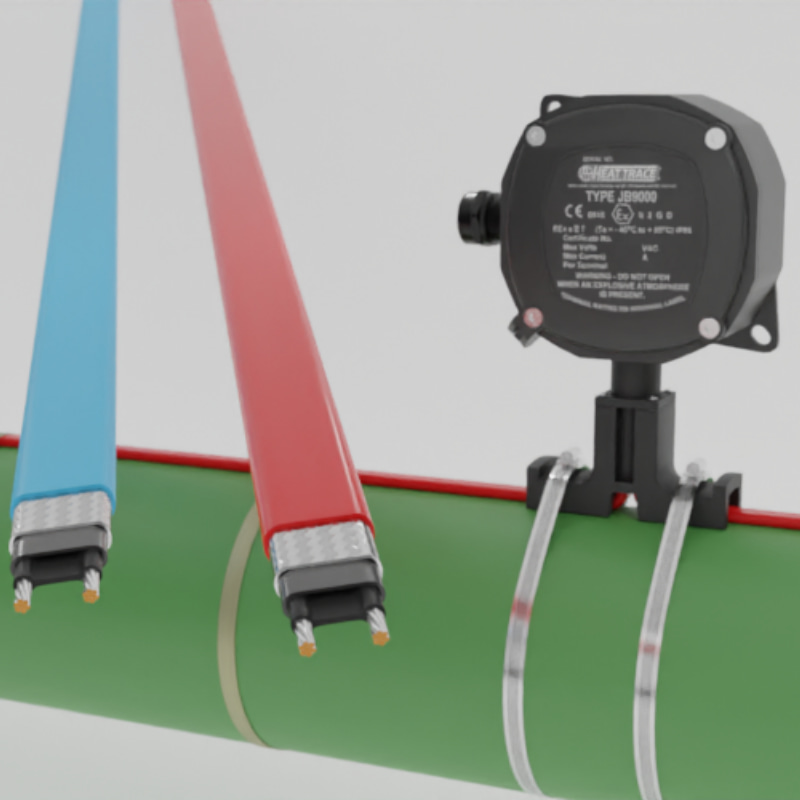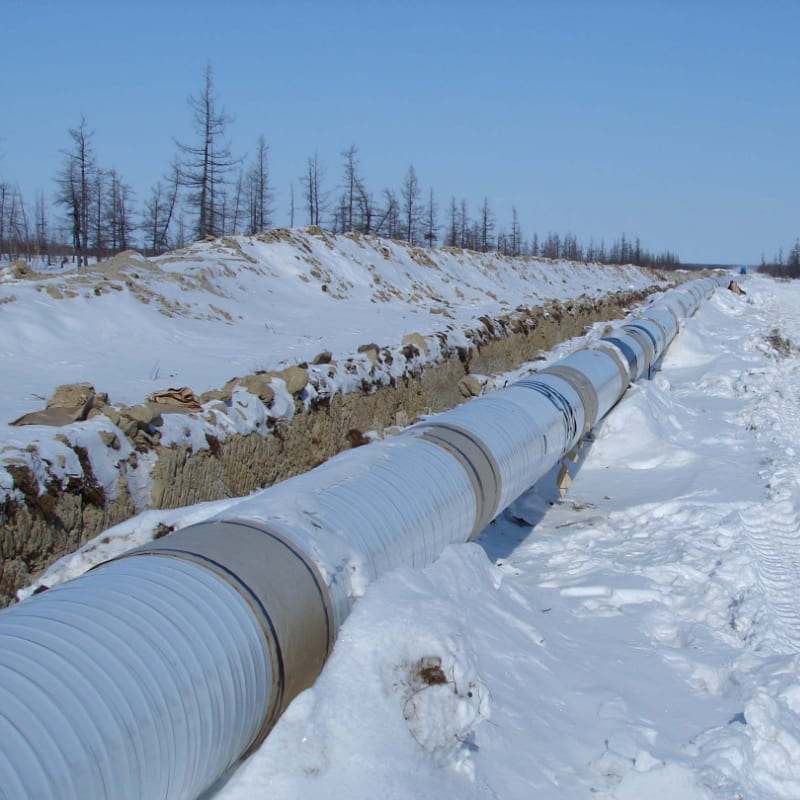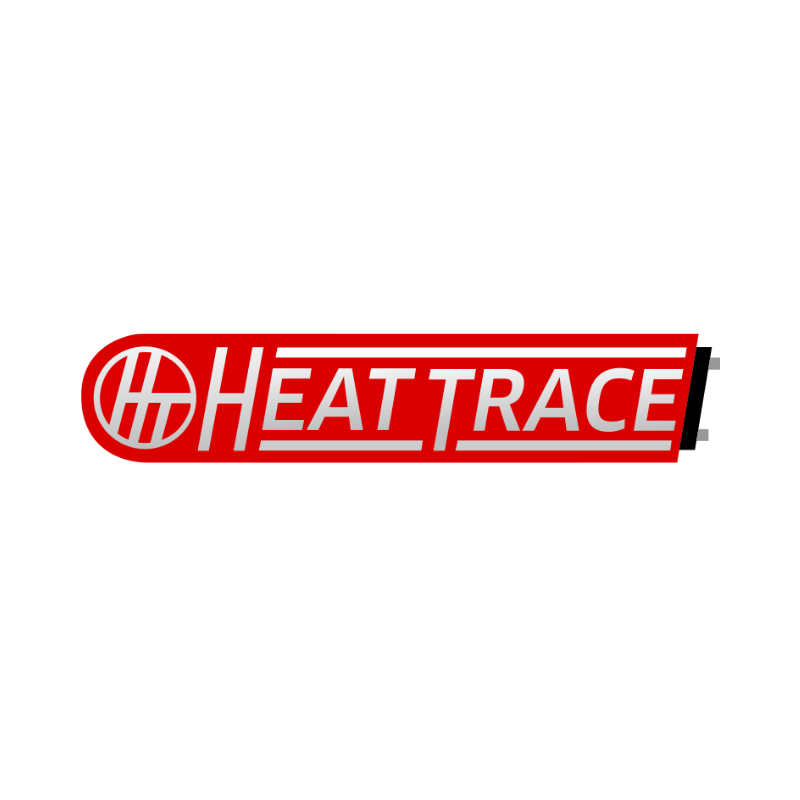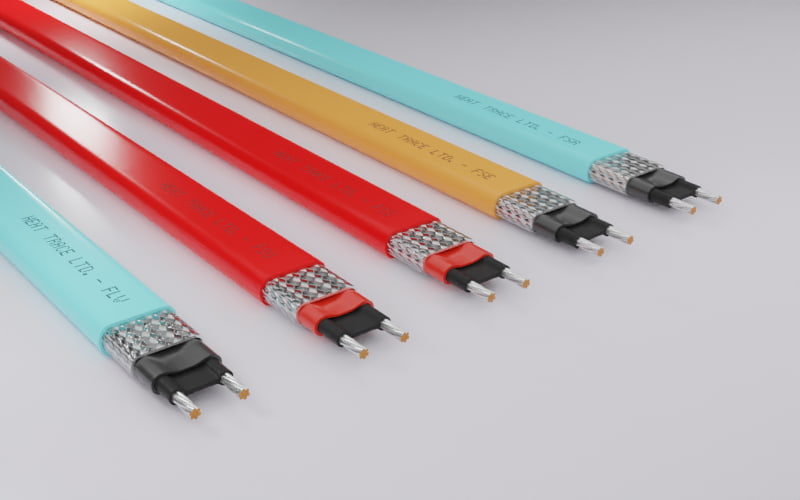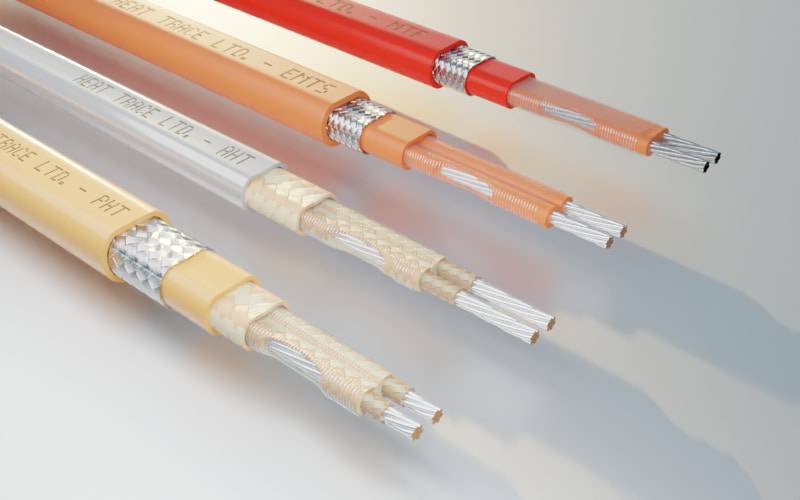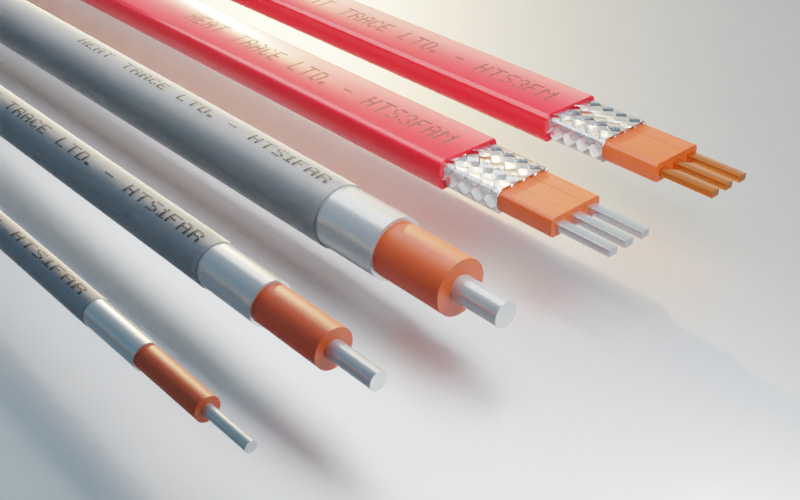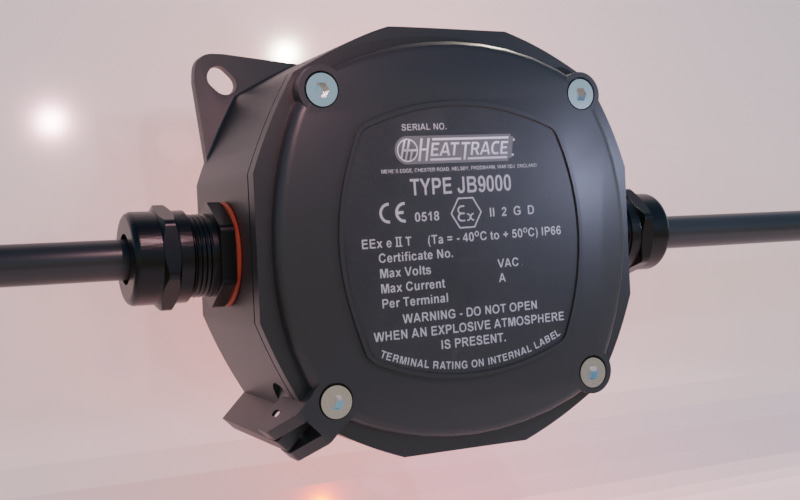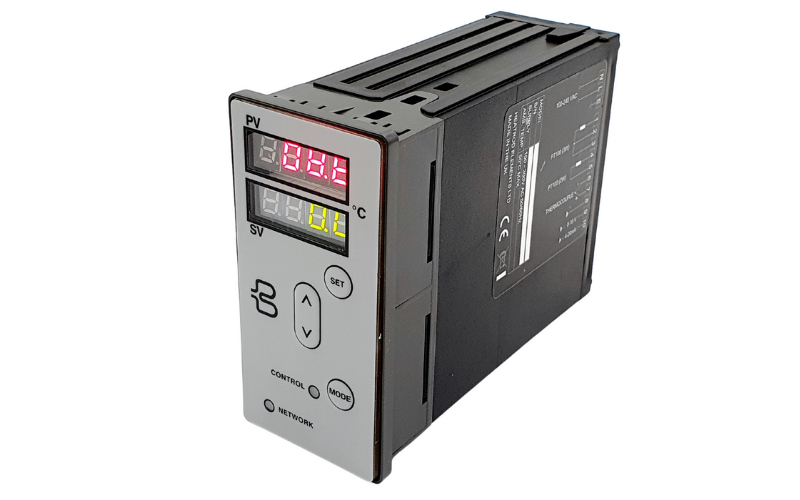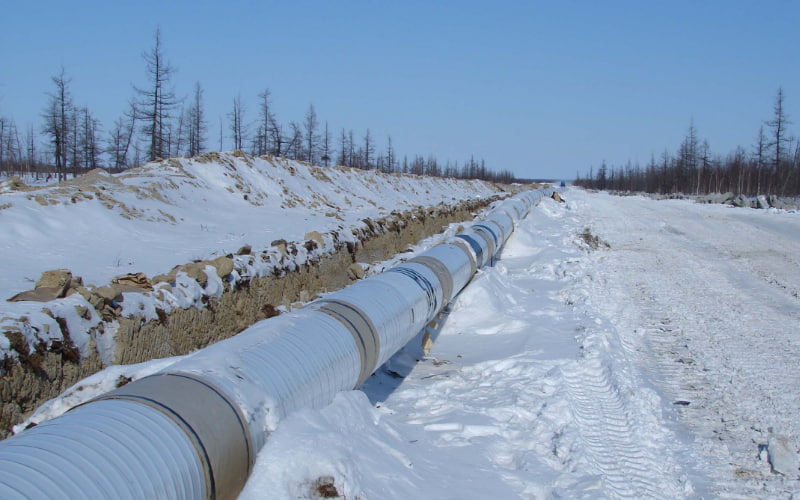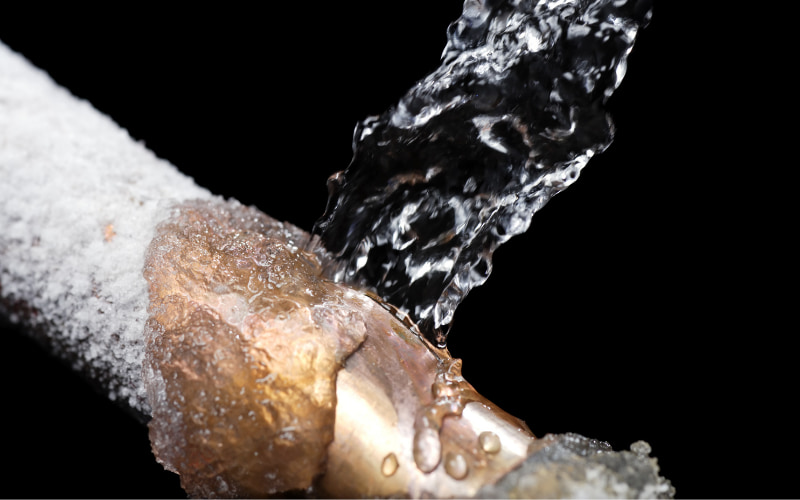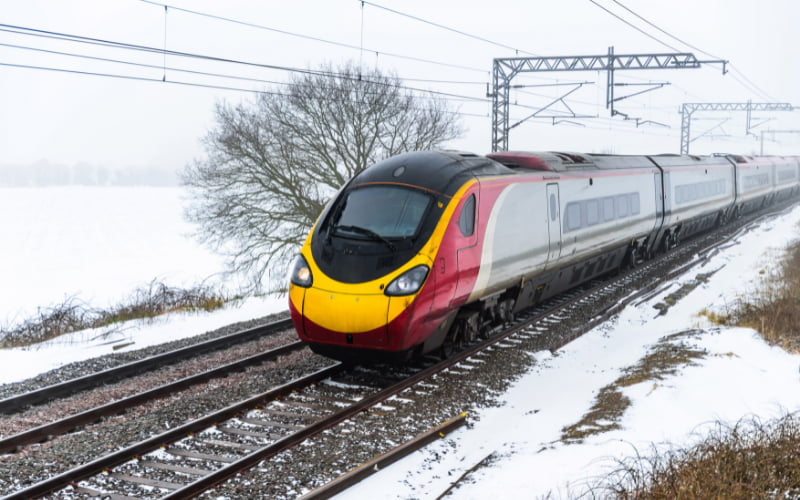Roof & Gutter De-icing
The Problem
Snow that has built up on a roof will start to melt as a result of either exposure to the sun, or from heat rising from the building below. As the melted snow runs from the roof into cold gutters and drainpipes, it can re-freeze forming layers of ice which can continue to build up until the flow is blocked. This can result in damaged drains and gutters.
Water can, in addition, get into the roof and building, leading to expensive structural damage such as broken roof tiles, damaged plaster and facades, etc..
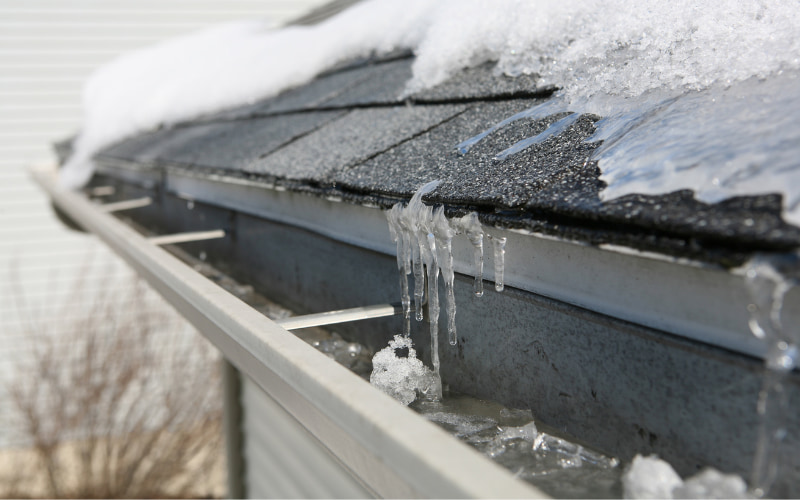
The Solution
Heat Trace have the solution in the form of G-Trace extra (see image right). The self-regulating characteristics of the heating cable means that the cable can adjust it's heat output in accordance with it's temperature. It cannot overheat or burnout, even when overlapped. A G-trace system is easy to design and install. The cable is laid along the gutters and in drainpipes (as shown in the application guide) to keep water flowing freely.
View the Heat Trace Cable Range Max Exposure Temperature & Output Capability Graph:
Self-regulating Technology
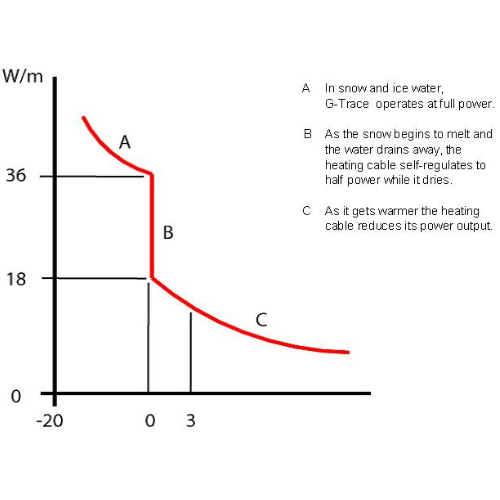
The G-Trace system features a self-regulating heating cable specially developed to prevent ice formation on most types of roof and gutter. As the heating cable is self-regulating, the heat output regulates to ambient conditions at each point of the cable. It can never overheat or burn out - even when overlapped on itself. In snow and icy water, the G-Trace operates at full power. As the snow melts and the water drains away, G-Trace self-regulates to half power while it dries. As it gets warmer, so G-Trace extra gradually reduces it's output.
Design and installation of a G-Trace system is simple as there are no fixed lengths. The heating tape can be cut to length during installation. During installation, G-Trace extra is cut from the reel and placed in the gutter. The heating tape is suspended in the downpipe without the need for spacers. All systems - from the simplest, to the most elaborate - use exactly the same components, thereby providing maximum flexibility and ease of design.
